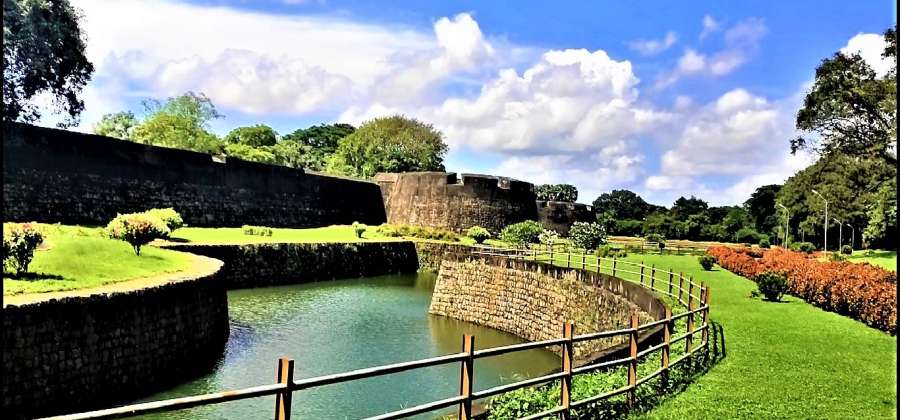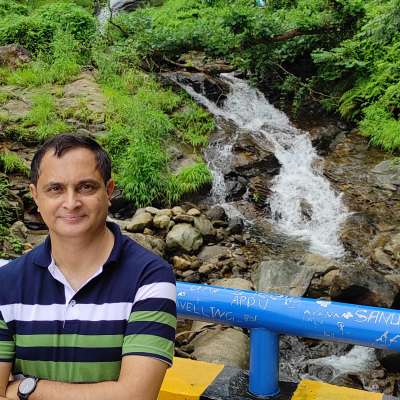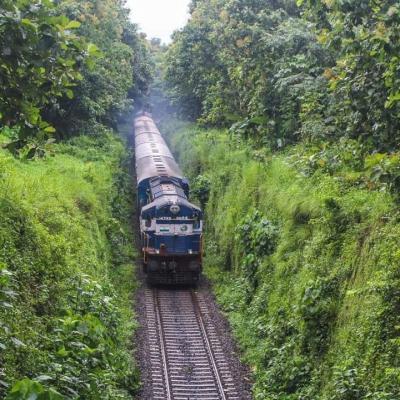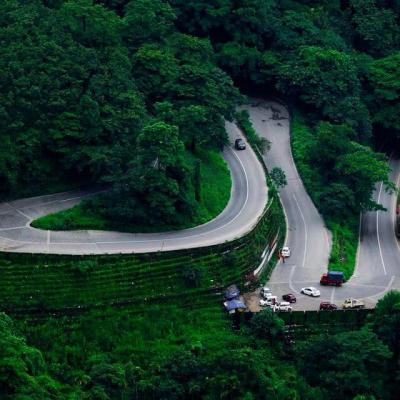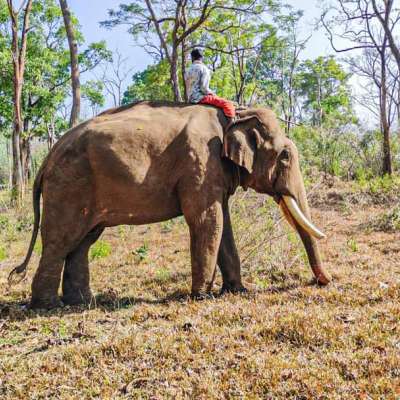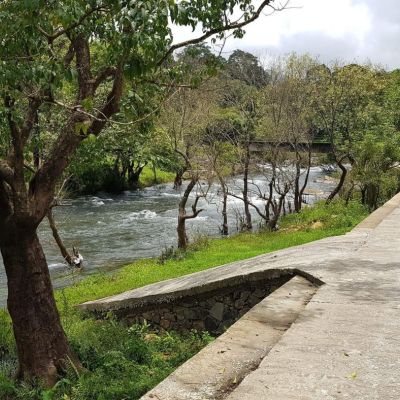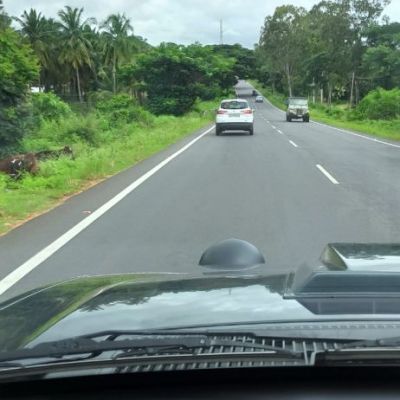Palakkad Fort / Tipu Sultan Fort, Palakkad, Kerala.
Palakkad Fort / Tipu Sultan Fort, Palakkad, Kerala: One of the best preserved Forts in India.
Located in the heart of Palakkad Town, the Palakkad Fort / Tipu Sultan Fort is one of the well preserved Forts in South India. This fort is covered by trench to protect it from the enemies. The views from the top of this fort looks marvellous. The Palakkad fort spread over an area of 60702.84 sq. mts. The fort is structured uniquely with granite rocks. It is rhomboidal in shape and the curtain walls are augmented with enormous thickness. The fort has seven bastions and a moat all around. Bastions are the angular or circular structure projecting out from the curtain wall. The fortification remained as a dominant style from 16 to 19 centuries and provided passive resistance. It is a confluence of Indian and English style of fortification. The Palakkad Fort construction, with French engineering started in 1757 and been completed in 1764. Hyder Ali was supposed to have built the Fort to serve as a common point and, to facilitate communication, between Coimbatore and Palakkad, two vantage points in his new territory. The grounds as such were used to ‘park’ the elephants used by the army. In 1768, Capt. Wood first took over Palakkad and Palakkad Fort from Hyder Ali, but Hyder soon fought back to retake it in Nov 1768. In the war with the English in 1767-68, the Fort was damaged and Hyder Ali reconstructed it, this time on a solid foundation. Hyder's command after his death in Dec 1782, had passed on to Tipu Sultan, his son. Then started the decisive battles with Col Fullerton in 1783, where the Fort was heavily damaged but was eventually taken by the British. The Zamorin re-established *sovereignty over Palakkad, till Tipu came back to Coimbatore, and fought again to regain it in 1788. The Fort was retaken later by Col Stuart in 1790, after which, it remained in British hands, where they used it as a *garrison and base for further battles against Tipu. It was *renovated and was used as a base for operations that ended with the storming of Srirangapattana in Karnataka. Tipu Sultan lost his life in 1799 in an encounter with the British and this Fort later came to be known in his name. Today this Fort is a protected monument under the Archaeological Survey of India. The sober majesty of the laterite walls of the Fort reminds one of the old tales of valour and courage. It is believed that the famous Anjaneya Temple, located inside this Fort was built during Tipu’s era. There is a small Archaeological Museum built inside the Fort recently. Hundreds of tourists visit this beautiful Heritage Fort every day. It is a must-watch Heritage Site, when you are in Kerala- God’s Own Country.


